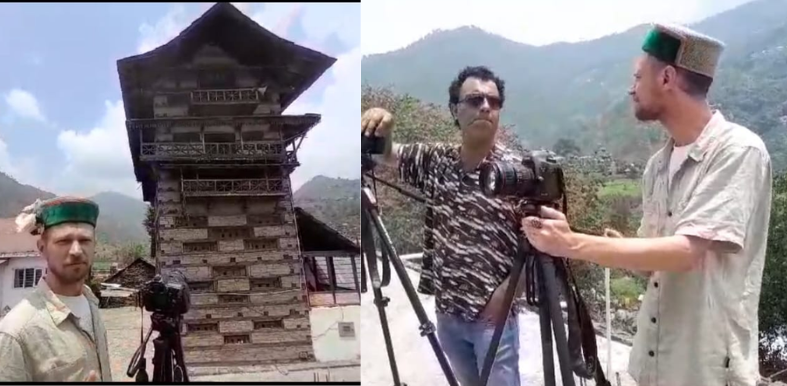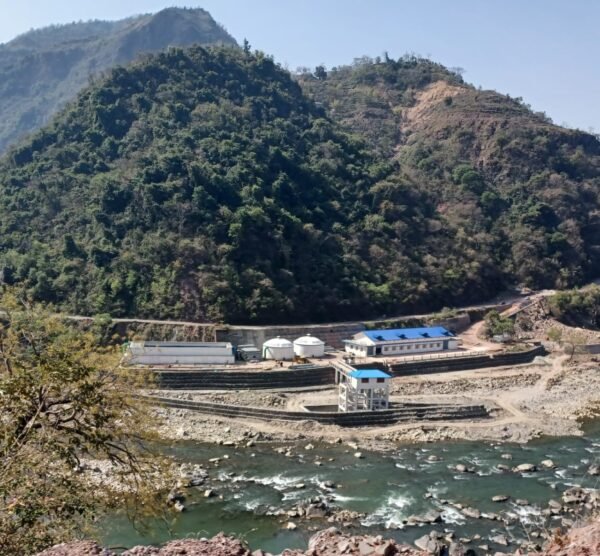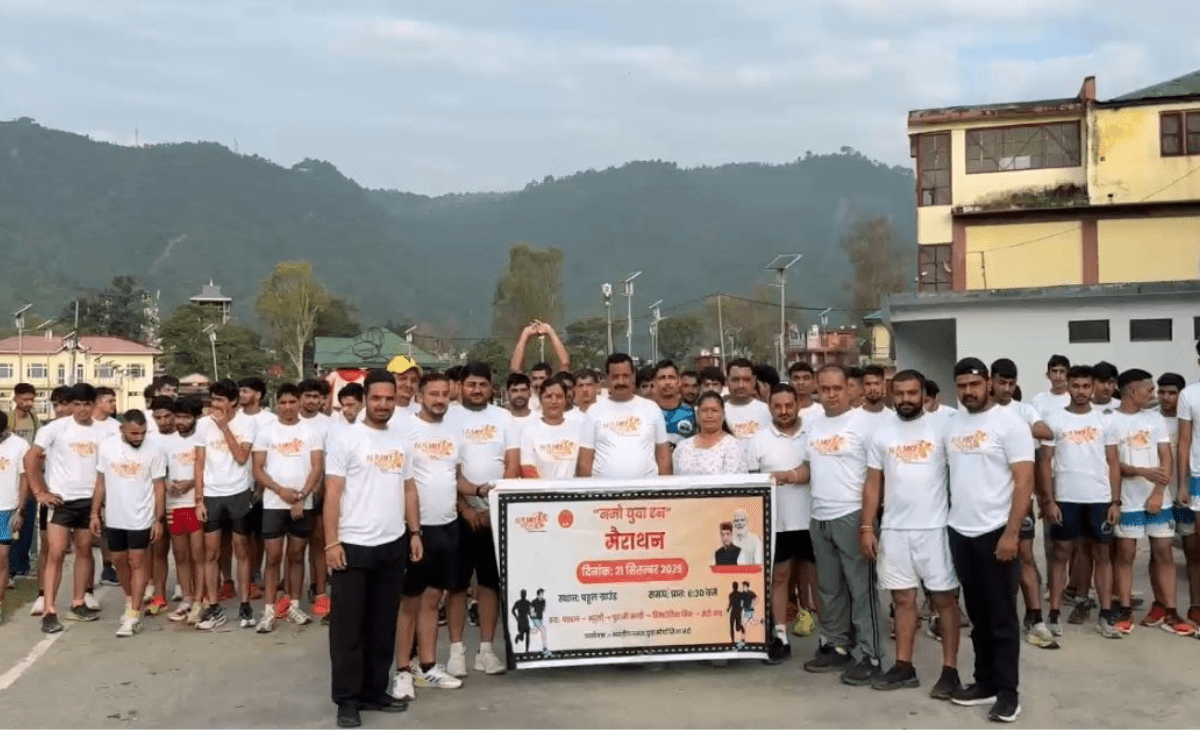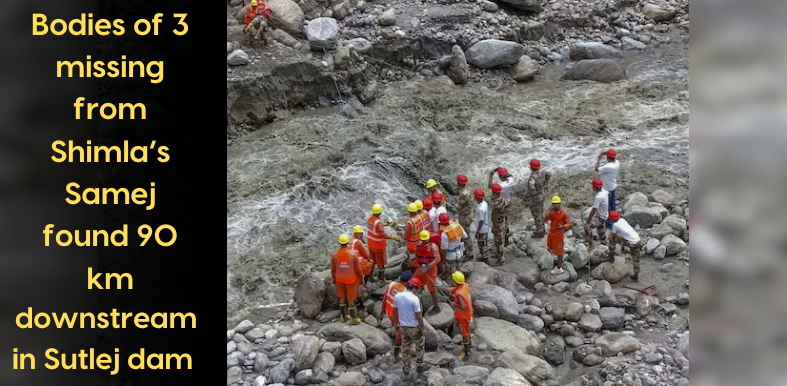MANDI: Peter, an American citizen, recently returned after a comprehensive study and filming expedition at Pangana, the ancient capital of the Suket state and now in Sirmaur district of Himachal Pradesh, believed to be associated with events from the Mahabharata.
Pangana, steeped in historical and cultural significance, is thought to date back to the early Treta Yuga. According to Himendra Bali Him, president of the Suket Cultural Literature and Public Welfare Forum Pangana-Suket, the sage Bhargava Parashurama, after establishing Sanatana Dharma in the Sirmaur region, wandered throughout India seeking atonement for the sin of matricide.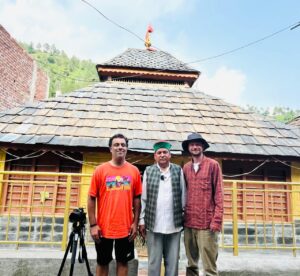
Parashurama is said to have entered the Suket region through the Satluj valley, avenging his father’s death by defeating Sahasrarjuna, the king of Sunni, which is now in Shimla district.
The Shivalik hills of Suket served as a gateway to Tattapani where Parashurama performed penance at the hermitage of the sage Jamadagni, one of the Saptarishis.
He then moved into the Suket region via the Pangan river, establishing temporary settlements in Ghadi, Pajyanu and Jhandayara. It was here that he introduced the Bhairava and Shakta Tantra traditions.
Moving further, Parashurama is credited with establishing significant religious sites, including the Kamakhya Shakti Peeth in Karsog’s Kao, the Mahakal temple in Mamel, and the temples of Surya Narayan, Dattatreya, and Ambika Devi in various locations, thus promoting Sanatana Dharma.
During the Mahabharata period, it is believed that the Pandavas, fleeing the Lakshagriha, roamed this rugged Himalayan terrain disguised as Brahmins. They are said to have stayed in Pangana, which was then part of the Kuluta republic, ruled by the demon Hidimba and later his sister Hidimbi. According to legend, Bhima killed Hidimba and married Hidimbi at the Amarnath temple in Pangana.
The Pandavas also reportedly spent time playing the ancient game of Chaupar on stone slabs, remnants of which were found in the area until the recent past.
They established sacred sites along the north-flowing river in Pangana, including steps believed to lead to heaven, which are still visible today. Additionally, they built a temple dedicated to Lord Shiva in a place called Ghadi.
Peter and his team, including Abhimanyu Kukreja, documented these historical and cultural landmarks for a documentary titled “Lost India.”
They filmed at the Raj-Rajeshwari Mahamaya temple, the six-storied monument, the Ghadi Shiva temple, and the north-flowing river. They also interacted with local historians and custodians of these sites, including Amar Chand Sharma, a history teacher, and Banshilal Kaundal, involved in the restoration of the Ghadi temple.
The team plans to return to further explore and document the region’s connection to the Mahabharata, including places like Kalashan, Churag, Mahunag, Ashwani Mahadev, Ekachakra Nagari, and others.
They also praised local contributors like Leena Sharma and Ramesh Shastri for their efforts in natural farming and the conservation of water, forests, land, and culture.


